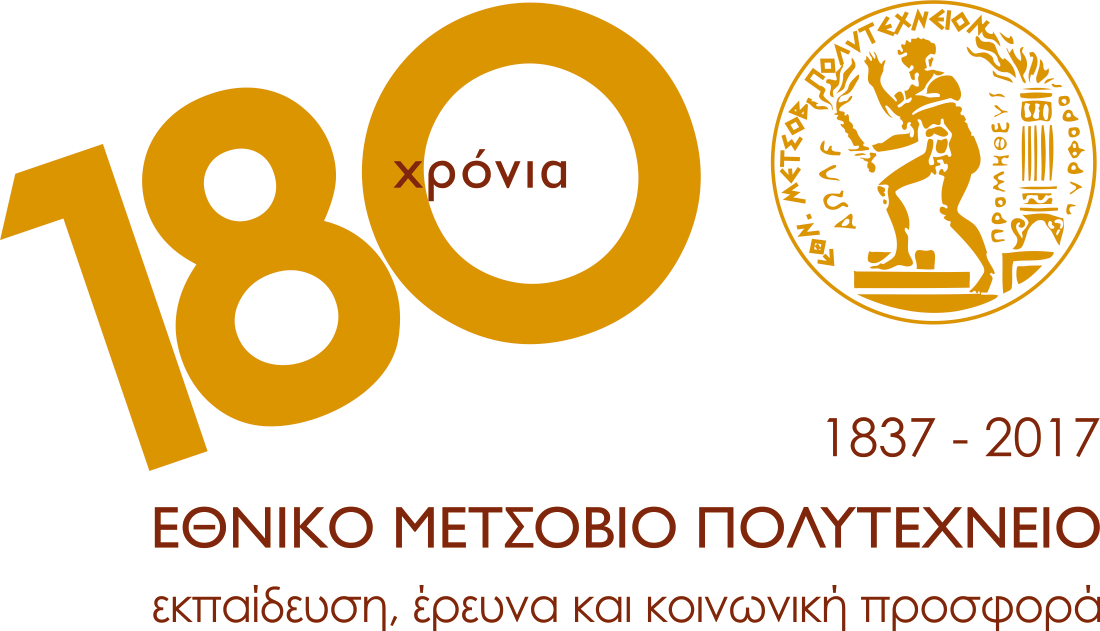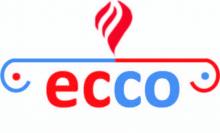| Advanced Materials and Nanotechnology projects Cluster |  |
|
|---|---|---|
| Start: 01.01.2015 – Duration: 24months | ||
| EeB-4-2014 (Sub call of H2020-EeB-2014-2015) |
The scope of the AMANAC-CSA is to create an effective and long lasting collaboration and coordination platform within all the Advanced Materials and Nanotechnology projects (AMANAC), approved in the frame of the EeB-PPP, whose activities address development of (nano)materials, components and systems for the improvement of the energy efficiency in the built environment. AMANAC-CSA aims to maximize the impact of the cluster participating projects towards the European Industry and Society and hence effectively support the objectives established by European Commission and the EeB-PPP by addressing in a holistic way the relevant technical/technological, industrial, economic, societal, organizational and regulatory challenges.
AMANAC (Advanced Materials and Nanotechnology Cluster) is the cluster of all the Advanced Material and nanotechnology PPP-EeB projects under FP7. The cluster is an extension and further development of the Nano-E2B-Cluster, formed in 2011. It exploits the up-to-date experience gained through the clustering of Nanotechnology-EeB projects and extends the scope of the existing cluster to include similar projects of the Advanced Materials domain. It broadens the field of activities of the 26 currently participating projects (Fig. 1-1) in a self- sustaining way. AMANAC currently represents ca. 255 project partners, out of which 63% are Large Enterprises or SMEs.
The Core Objectives (CO) and the resulting Action Plan of the AMANAC-CSA develops around four pillars:
- CO1: Collaboration Activities. Establish effective collaboration channels between the Advanced Materials and Nanotechnology projects in order to i) support the achievement of their respective technical and non-technical goals; ii) enhance the impact of such developments during and beyond the project life-time
- CO2: Awareness-raising and Networking. Increase the visibility and impact of the Cluster projects and their related research achievements towards industry, construction stakeholders and relevant EU contractual bodies, such as the ECTP, the E2BA, ECCREDI etc., establishing appropriate network and alliances with such organizations.
- CO3: Exploitation. Strengthen the role of involved industrial partners, especially SMEs, for speeding up the exploitation of the research results coming from the Cluster projects. Support the identification of new technology and market needs and trends. Develop a market-driven value-chain approach, with a set of tech and non-tech actions that will also lead to business and market roadmaps.
- CO4: Coordination and Support services. Create the necessary infrastructure in the form of cluster committees and bodies and publicity material that will ensure the continuation of the activities after the end of the CSA and will attract future projects in HORIZON2020. Identify gaps in research and formulate the framework for promoting their solution. Based on outcome of all COs, develop a road map that could be used as a starting point for a future CSA.






